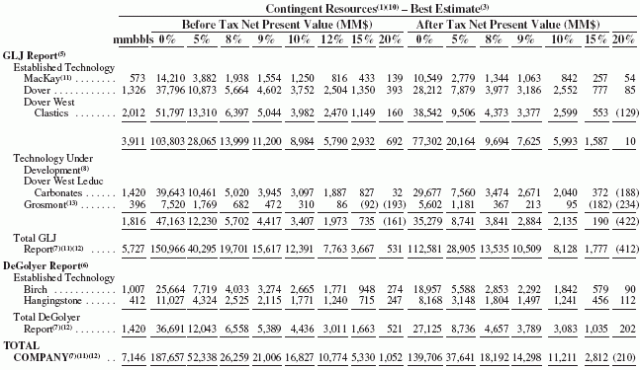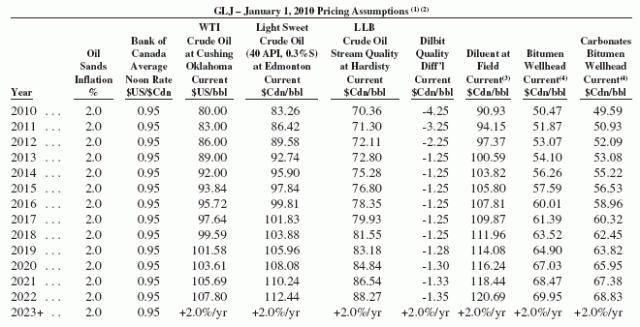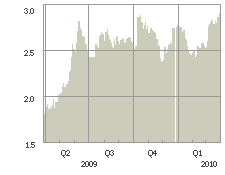The choice of brokerage firm for individuals is not that relevant of a decision unless if you are a very active trader (and hence want to reduce your commissions or want fancy charting packages to give you a better read of your tea leaves). Ultimately, most brokerages provide the same core services, with some nuances to distinguish them.
I personally use two brokerages: Interactive Brokers and Questrade. In the past I also used BMO Investorline for my RRSP, but eventually migrated that to Questrade strictly on the basis of transaction costs.
Interactive Brokers
I have used Interactive Brokers since they were allowed to open in Canada in 2002. They are the best brokerage firm available to retail investors, bar none. They have automated practically every aspect of the service they deliver. You can also trade any electronically-traded product on the planet for an extremely low commission – if you make liquidity-providing trades (i.e. you don’t buy at the ask or sell at the bid) you can trade Canadian stocks at roughly 50 cents for 100 shares, and US stocks for roughly 30 cents per 100 shares. They have four “killer features” which I consider significant in my decision to stick with them:
a. You can trade nearly any financial product on the planet through their system, in any currency, and it is all seamlessly integrated. The only product which they do not trade for some strange reason are TSX-traded corporate debentures. Once you enter in your trade, they have an automated executed system which will route your order to the best available location. They support order types of any imaginable variety – including “conditional” orders and time-based orders. Their trading software, TWS, is very, very powerful.
Just note that while you can trade securities in far-off exchanges (e.g. out in Asia or Europe) doesn’t mean you should be!
b. Currency exchange. I am kind of amused at discussion forums asking where you can get the best rates to converting currency – most brokerages charge a 2% spread. With Interactive Brokers, the spread is the market, which is usually around 0.0001 for the CAD-USD pair. For people that do cross-currency transactions, this amounts to substantial cost savings.
c. Security. Once your account gets above a particular balance, IB will mail you a digital device in the mail, which is required to authenticate your login whenever you try to access your account. This is an ironclad way of security, even if somebody compromises your username and password, they still cannot compromise your account until they have the physical device. I generally feel that my money in Interactive Brokers is absolutely secure. Also, they are publicly traded, so you could judge whether they will be going into a financial meltdown (like E-Trade did) – but they are managed quite conservatively and survived 2008 very well.
d. Very inexpensive margin rates. For those that want to borrow money, you can do so at rates that are nearly impossible to get elsewhere. For example, right now you can borrow Canadian dollars at 1.768%. If you borrow more than $120,000, your rate is 1.268%. If you borrow more than $1,100,000, your rate is 0.768%. These are variable with the bank rate, so after July, this will likely increase. Credit available with Interactive Brokers is such that if you intend on borrowing money, it becomes a very simple procedure to dump securities into Interactive Brokers and withdraw the cash, which creates a self-secured tax-deductible loan vehicle.
Contrast this with the purchase of real estate, and getting an HELOC – the HELOC will have a higher rate, guaranteed.
The only trick with using margin, however, is making sure that the collateral (the assets backing up the loan) don’t lose value!
There is no point in borrowing money elsewhere when Interactive Brokers makes it so cheap. It brings up the real possibility of leveraging up in various fixed income securities and doing what every other bank on the planet is doing – which is made possible by Interactive Brokers – again, just make sure the assets you invest in don’t lose value.
The disadvantages of Interactive Brokers, however, are significant for most financially unsophisticated individuals – you have to know exactly what you are doing, otherwise you will likely make an errant trade and lose money. The TWS is not an easy-to-learn piece of software and nobody is going to be there to hold your hand, although there is ample documentation to read if you wish to self-educate. Other disadvantages is they do not do RRSPs or TFSAs (or anything else registered) – it takes them too much paperwork and compliance costs so they will not offer them. They do not offer TSX-traded debentures, which is something readers of this site will know that I have dabbled with. Finally, they do have ‘inactivity’ fees, where you will be charged a minimum of $10 a month minus the amount of commissions that month. So if you only rack up $3 of commissions for the month, they will dock you another $7. This is a minor amount, but for people with small accounts, Interactive Brokers is definitely not for them.
Customer support is done through a ticket creation system – one of their reps will look at it and give an appropriate response. It is rare that support will be needed, but all of the times I’ve had to send an inquiry, the response time was very prompt. For people that like talking on the phone for support, however, I doubt they will find Interactive Brokers adequate at all – they don’t hold the hands of their customers.
Getting money in and out of the account is easily performed through EFT. For larger quantities of money, they also support wire transfers.
In summary, Interactive Brokers is a very powerful brokerage – If Interactive Brokers offered RSP/TFSA accounts and offered TSX-traded debentures, I would be using them for everything. I would not recommend them for everybody, however.
I did this review without remuneration.



